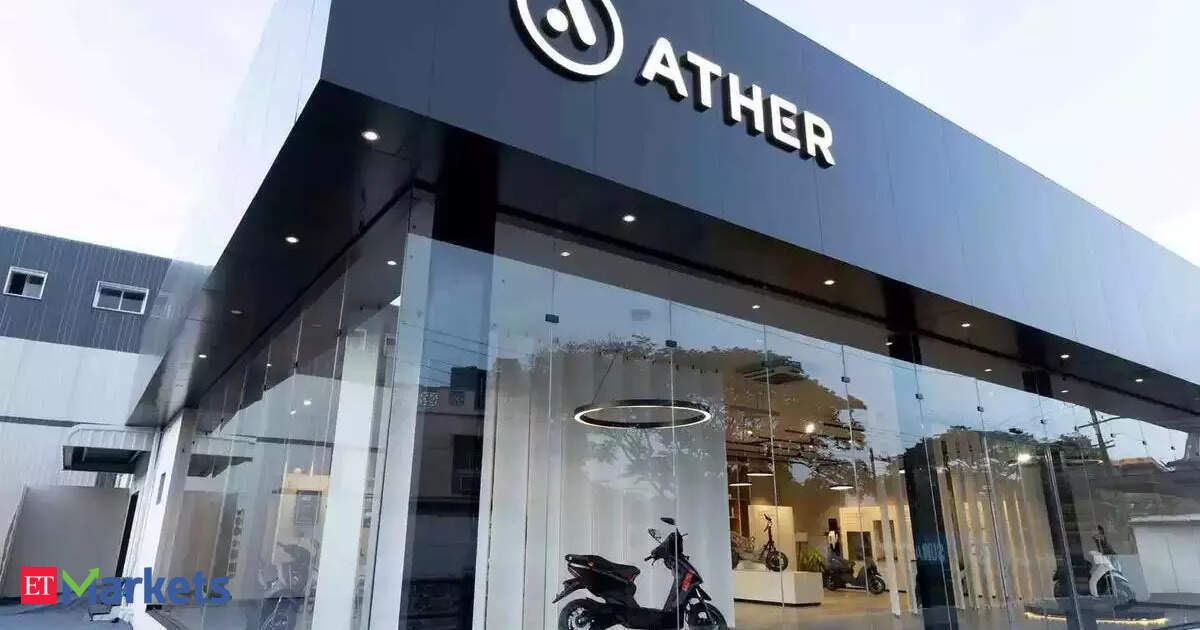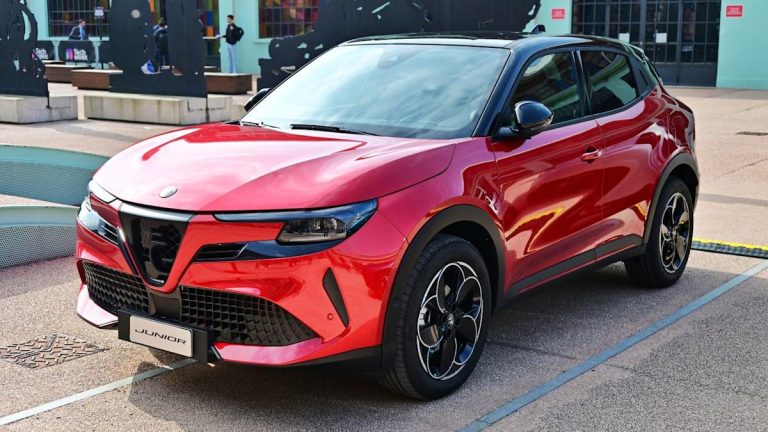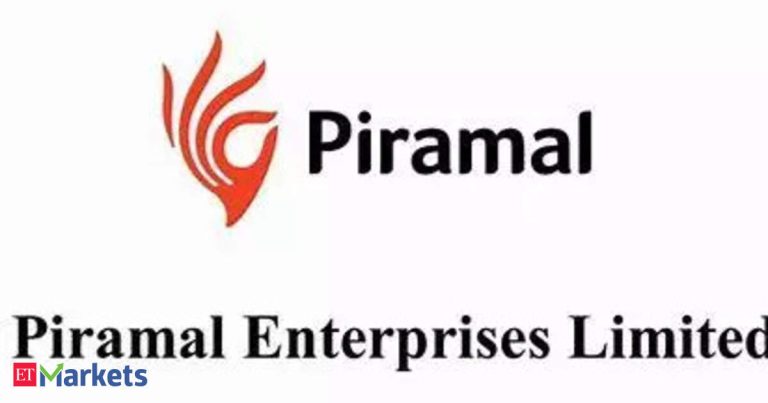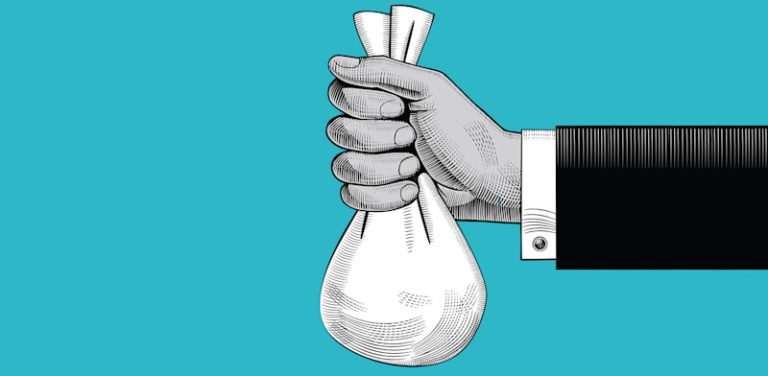It has registered faster volume growth over past few months after launch of new model ‘Rizta’, resulting in market share gain. However, it continues to report operating as well as net losses though the extent of losses is gradually decreasing. In addition, the company operates in a highly competitive segment. Given these factors, investors with high-risk appetite may consider the IPO.
Incorporated in 2013, the company has 233 service centres spread across 202 cities. Ather’s Hosur factory in Tamil Nadu had an annual installed capacity of 420,000 units for E2W assembly and 379,800 units for battery pack manufacturing as of December 2024. The company plans to set up a second factory in Chhatrapati Sambhajinagar, Maharashtra with a total production capacity of one million E2Ws, where it is also developing new platforms for scooters and motorcycles.
 Agencies
AgenciesAther’s volumes based on registered vehicle data given Vahan portal for January-April 2025 period increased by 18% on year to 47,284 units while peer Ola Electric‘s volume dropped by 54%. In 2022, Ola’s market share was less than Ather, but since then Ola grew rapidly compared with Ather. In the nine months ended December 31, 2024, Ather had a 10.7% market share of E2W segment vs 34.1% for Ola.
Revenue grew by 28% on year to ₹1,578.9 crore in the 9-month period of FY25 while net loss reduced to ₹577.9 crore. It lost ₹370 crore at the operating (Ebitda) level during the period compared with a loss of ₹422.9 crore in the year-ago period.
The P/E multiple cannot be used since the company has been reporting net loss. Considering the post-IPO equity and annualised operating revenue for FY25, the company demands a price-sales (P/S) multiple of up to 5.7 compared with 4.2 for Ola. Net loss of Ola widened to ₹1,406 crore in the nine months ended December 2024, from ₹1,168 crore a year ago.







